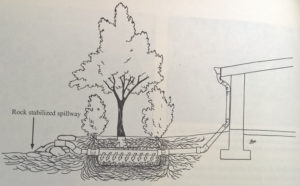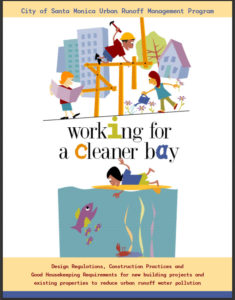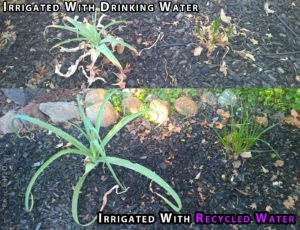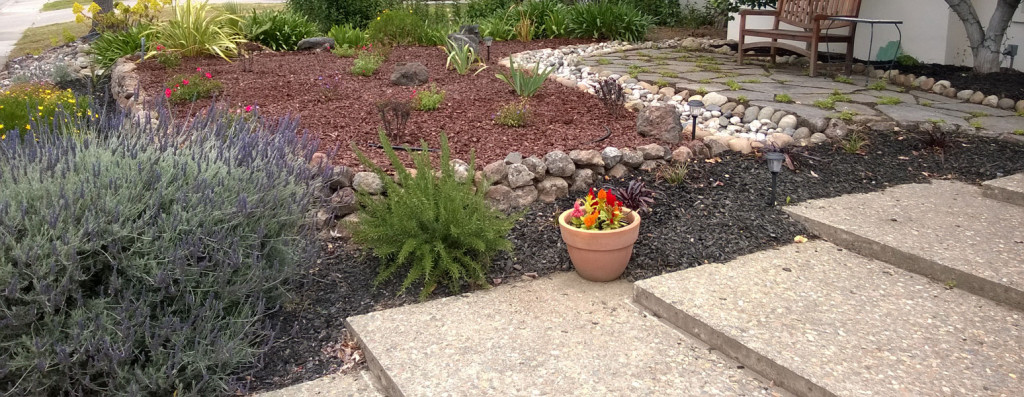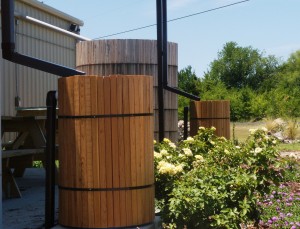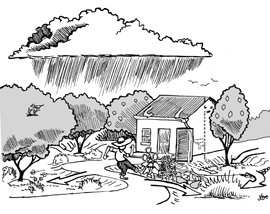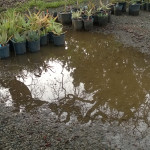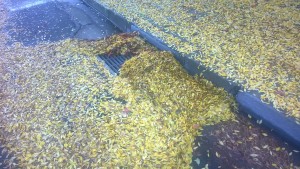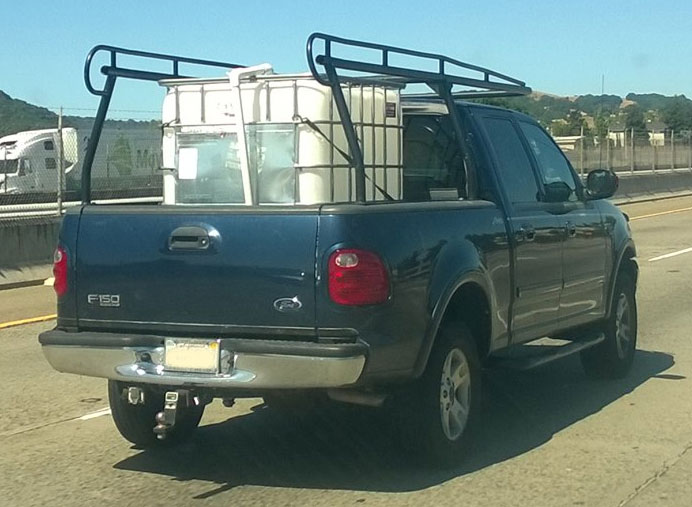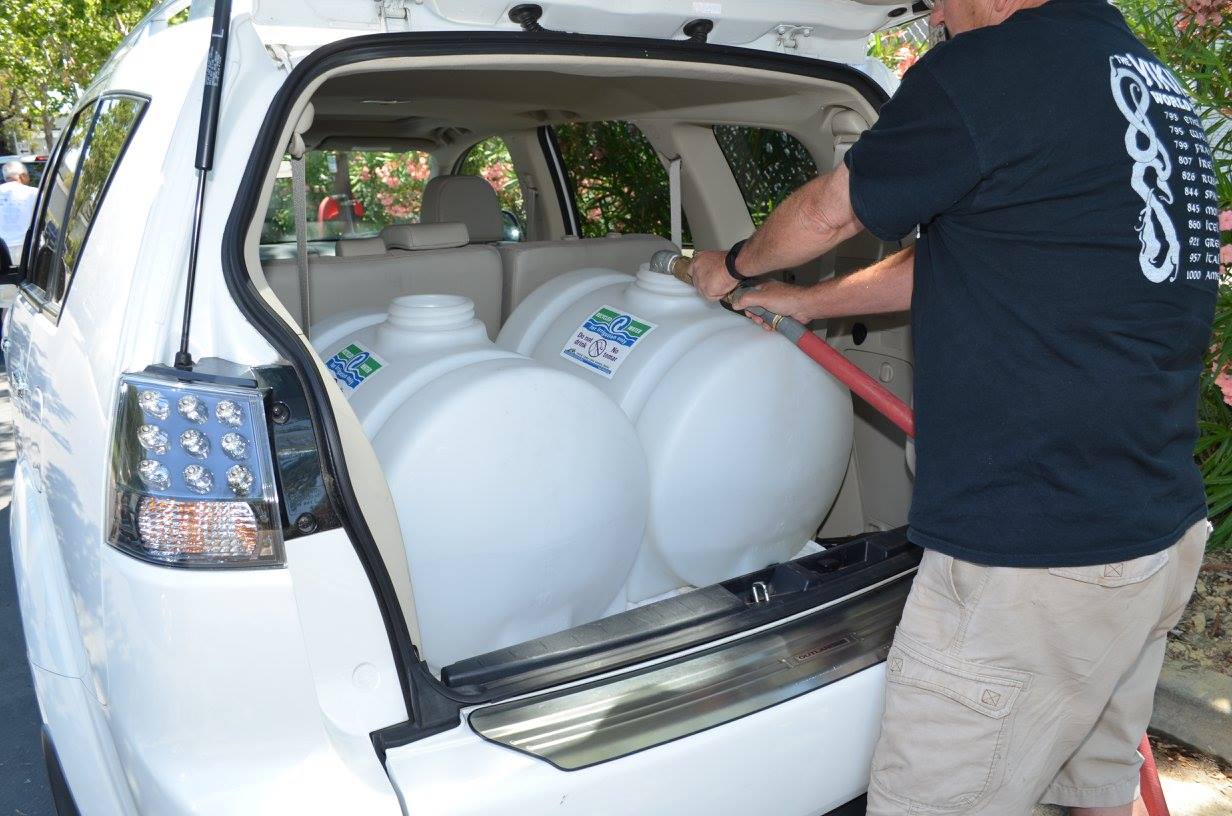If you have been following along recently, you will have learned that Rainwater is the fountain of life, that you have the ability to Reduce Urban Runoff. The City of Santa Monica has a program designed specifically to Capture Urban Runoff with a guide and a worksheet to build the best rainwater capturing system for your site. You will heave learned that drainage gravel takes up considerable space in the ground, perhaps there are better options available?
“Whether you have a gardening green thumb or solar panels on your roof, capturing rainwater at home is the next logical step towards our natural resource independence.”
Our latest article in this series discussed placing a rainwater infiltration basin in an area away from underground utilities, on or near current drainage piping and away from high trafficked areas. With every project it is a good idea to draw up some design plans which we can utilize to properly build our system.

